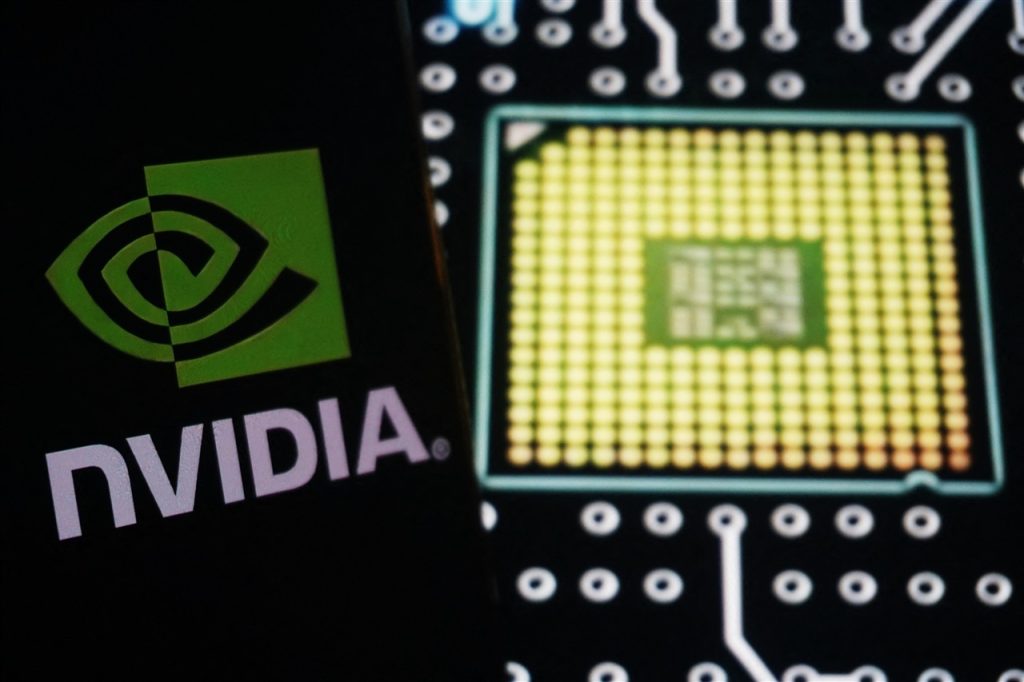These are the most-read DIGITIMES Asia stories from the week of April 14 – April 20.
Huawei unveils new AI chip just one day after US bans Nvidia’s H20 exports
Just one day after the US banned exports of Nvidia’s H20 AI chip to China, Huawei launched its Ascend 920 on April 10. Slated for mass production in late 2025, the chip delivers over 900 TFLOPS, 4,000 GB/s bandwidth, and supports HBM3—offering a domestic alternative as China accelerates efforts to localize its AI compute infrastructure.
Tariff maze deepens: US duties on Chinese goods up to 245% amid policy whiplash
The Trump administration has issued nine tariff updates since January 2025—nearly equaling the previous two years combined—creating chaos for Chinese exporters. While devices like smartphones and laptops received temporary relief at 20%, tariffs on key tech exports now reach 245% for EVs, 195% for silicon wafers, and 70% for semiconductors.
The layered tariffs, drawn from both Biden-era and Trump’s ongoing retaliatory measures, create a convoluted regime with rates ranging from 20% to 245%, not including extra global duties on EVs, steel, and aluminum.
TSMC hikes 4nm pricing; US clients scramble under tariff pressure
Trump’s tariff push has driven Apple, Nvidia, and AMD to increase orders at TSMC’s Arizona fab, despite a 30% price hike tied to limited 4nm capacity. TSMC is now producing Nvidia’s Blackwell chips and AMD’s fifth-generation EPYC processors, with a 2nm “Venice” chip also taped out. Output is capped at 20,000–30,000 wafers per month, intensifying competition. Nvidia’s US-based production, backed by Foxconn, Wistron, and Amkor, could total US$500 billion over four years. Analysts expect second-quarter revenue at TSMC to climb nearly 10%.
Nvidia’s China strategy set back by new US ban on H20 chip
The US has imposed an indefinite export ban on Nvidia’s H20 AI chip, citing risks of its use in Chinese supercomputers. Nvidia responded with a US$5.5 billion charge tied to inventory and commitments, sending its stock down 5% in after-hours trading. The restrictions also apply to AMD’s MI308 chip and threaten key Chinese deals, including orders from Alibaba, delivering a major blow to Nvidia’s China strategy.
TSMC, Foxconn, and Wistron join Nvidia’s US$500B push to manufacture AI chips and servers in the US
Nvidia plans to produce up to US$500 billion in AI infrastructure in the US over four years, aligning with Trump’s push for domestic manufacturing. Production of Blackwell chips has begun at TSMC’s 4nm fab in Arizona, while Foxconn and Wistron prepare to build AI servers in Texas. Amkor and SPIL will manage packaging, establishing the first end-to-end US-based AI chip supply chain.
Nvidia is targeting cloud providers like Microsoft, Amazon, and Meta, set to spend US$371 billion on AI infrastructure in 2025, with its US-based gigawatt-scale chip buildout. Trump hailed the initiative as a flagship success of his “America First” industrial policy.
AMD advances US chip strategy with TSMC, joining Nvidia in massive domestic shift
During her April 15 visit to Taiwan, AMD CEO Lisa Su confirmed that wafer production has started at TSMC’s Arizona fab, with mass production of fifth-generation EPYC chips underway. AMD also unveiled its MI350 AI chip, built on TSMC’s 3nm node with CDNA 4 and HBM3E, claiming 1.2x efficiency over Nvidia’s B200. As tariffs reshape the tech supply chain, AMD joins Nvidia and Apple in expanding US-based production. TSMC projects second-quarter revenue growth of 5–9%, though demand may soften later due to frontloaded orders.
Micron reportedly secures Nvidia certification for fifth-gen 12-layer HBM3E supply
Micron has reportedly secured Nvidia’s certification for its fifth-generation 12-layer HBM3E and will supply it for the Blackwell Ultra (GB300) AI chip. With mass production underway, Micron aims to lead HBM3E shipments by late 2025. Currently holding 5% of the HBM market—compared to SK Hynix’s 53% and Samsung’s 42%—Micron’s entry into Nvidia’s supply chain could reshape the competitive landscape.
Article edited by Jack Wu

